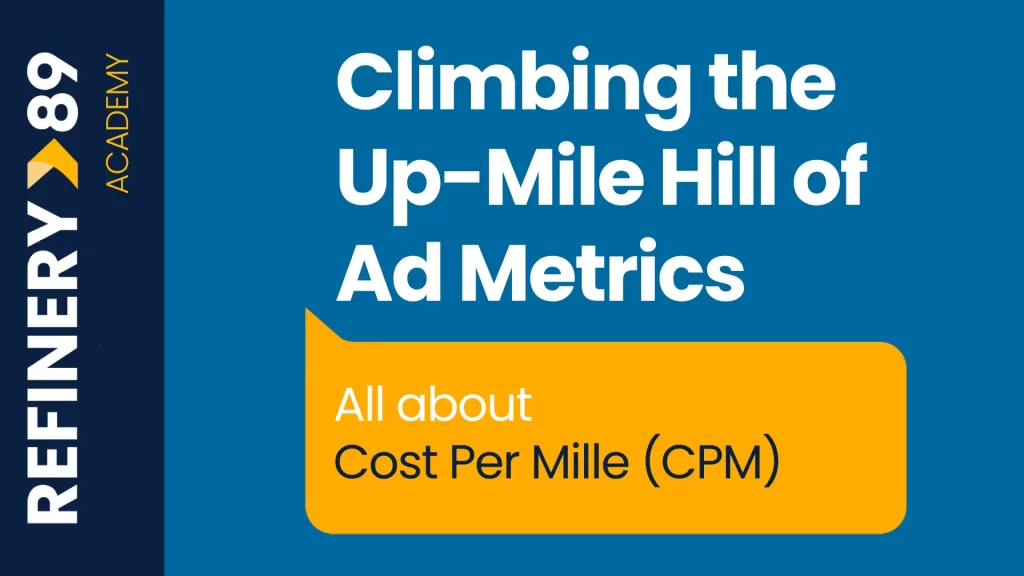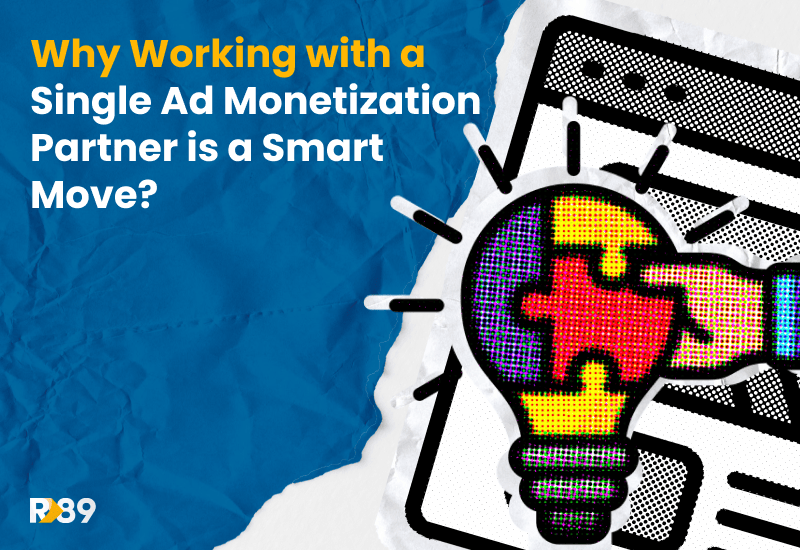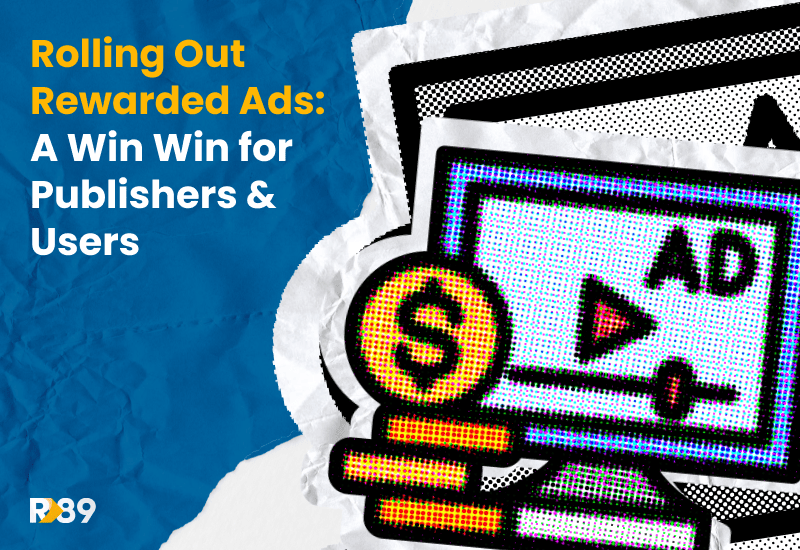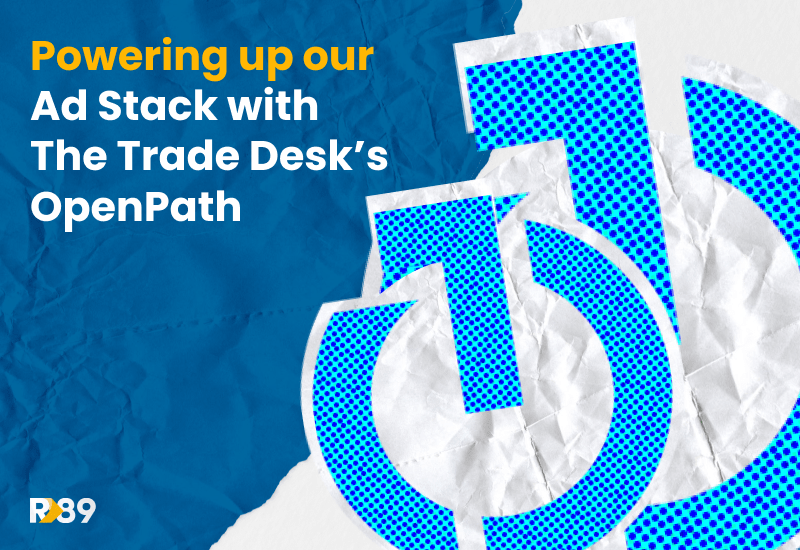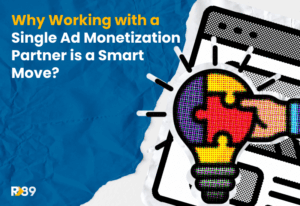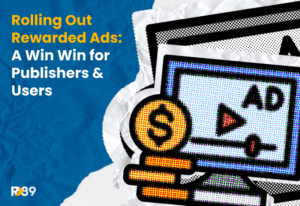Let’s talk about one metric that’s as crucial in the programmatic ad as your morning big, hot mug of milk-laced coffee: Cost Per Mile (CPM). And no, we’re not referring to the cost of those arabica beans you bought the other day.
The Whats and the Hows of CPM
CPM, or Cost Per Mille, is a metric to measure how much an advertiser pays for a thousand impressions of their advertisement. “Mille” is just a fancy way to say a thousand, kind of like calling your good, old-fashioned coffee with milk a “Latte.”
So, if an advertiser pays €2 CPM, they’re spending 2 euros for every 1,000 times their ad is displayed. Not rocket science, isn’t it?! However, the CPM can give you insights into how effective and valuable specific ad spaces or campaigns are.
Calculating Cost Per Mille is not so big of a deal:
CPM = (Total Ad Cost ÷ Total Impressions) x 1,000
Why Should Publishers Care? ☕
Just as your choice of coffee reveals a lot about your tastes, CPM can say a lot about your audience and ad space. High CPM? Advertisers value your audience, thinking they’re the crème de la crème. Low CPM? Either the ad’s not quite right, or perhaps the audience isn’t as engaged as you planned.
CPM isn’t just a number; it’s a reflection of your site’s real value to advertisers.
But don’t just chase high CPMs blindly. There are some traps that might be spotted.
A higher CPM may look like you’ve hit the jackpot, but if it leads to lower overall Revenue Per Mile (RPM), you might be shooting yourself in the foot. Several need-your-attention hitches can cause this brow-rising situation.
Ad Network’s issues:
It might imply that while advertisers pay top dollar for their ads to appear, the revenue trickles down to the publisher (that’s you) after all deductions aren’t proportionate due to Ad Network’s Cut. Your network might be taking a substantial cut from the ad revenue. Here at Refinery89 we take transparency very seriously, so our publishers always have full control over their revenues. Learn how we do it.
Click-Through Rate (CTR) Issues:
The ads might evoke less interaction, leading to fewer clicks and conversions. Even if they’re being displayed (hence the high CPM), they aren’t necessarily driving actions that generate revenue.
Ad Relevance & Quality:
High-paying ads might not always be in concord with your audience’s intents, meaning that users won’t engage, lowering your RPM.
Technical Issues:
Sometimes, ads might not be displayed correctly or could be slow to load, affecting user experience.
In essence, a high CPM combined with a low RPM suggests a disconnect between what advertisers are willing to pay and the revenue you’re actually generating. It’s a sign to dig deeper, identify gaps, and optimize your ad strategy to ensure you’re monetizing as you should.
Attention, Publishers! ?
While CPM is a valuable metric, here’s what you should be keeping a watchful eye on:
-
Ad Placement & Quality: An ad buried deep down in the recesses of your page will naturally fetch a lower CPM. Position and quality matter!
-
Audience Engagement: Engaged users who hang around and interact can boost the value of your ad space. Remember, quality trumps quantity.
-
Relevance: Ads relevant to your audience can command higher CPMs. So, keep your audience in mind when choosing ad content.
In essence, understanding and optimizing CPM can lead to better monetization strategies and, ultimately, more revenue.
And if you ever feel overwhelmed, remember –we are here for you every step of the way, just get in touch, and let’s brew some CPM strategies together!
